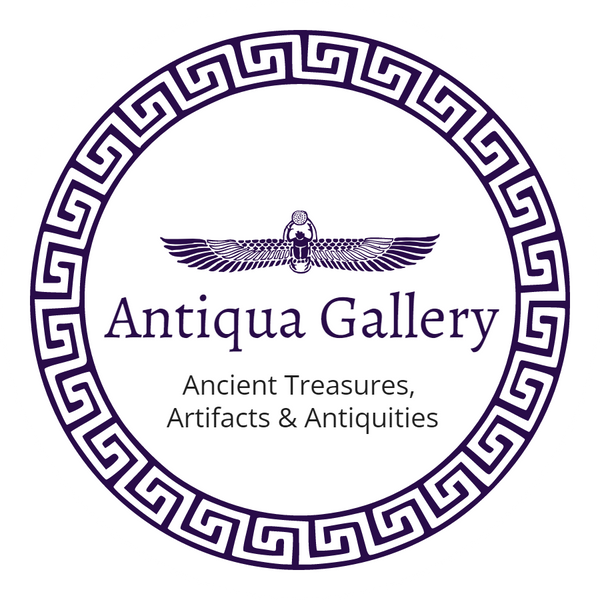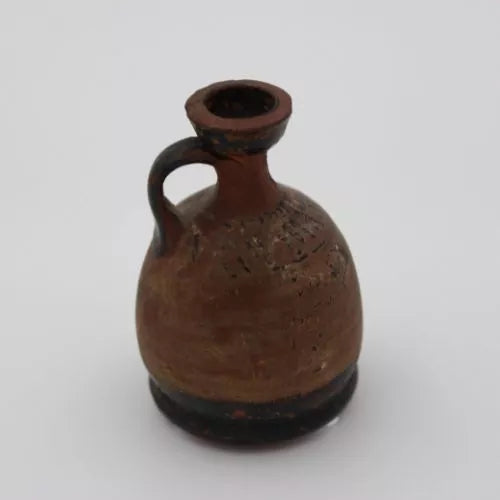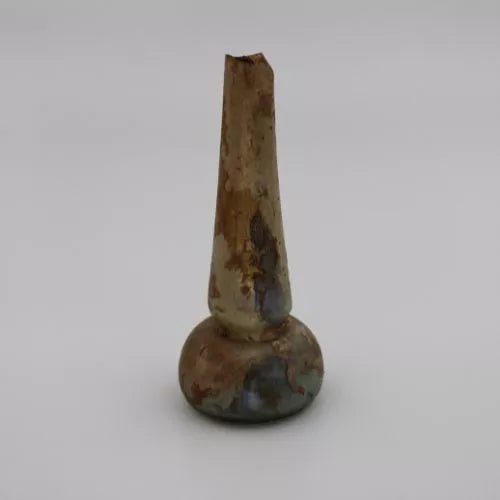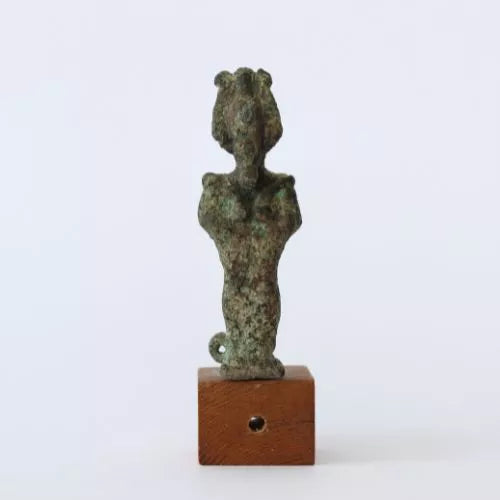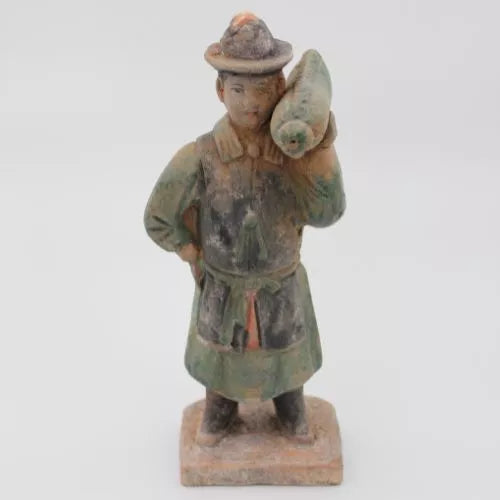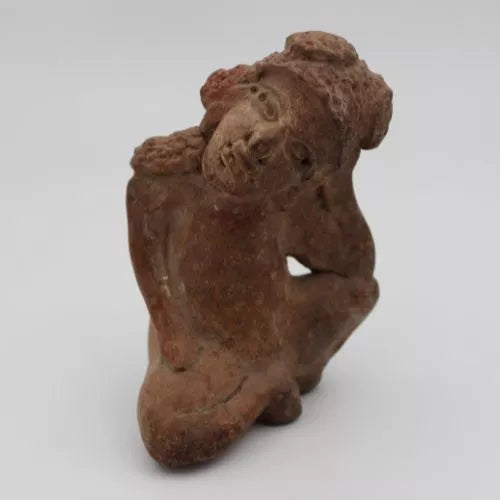Authenticate Ancient Terracotta
This is a list of tips you can use to authenticate terracotta antiquities, that are quick and easy once you know them, and applied them a few times. They are not fool-proof, but they can help you avoid the most obvious forgeries. One thing you should take with you is that there will always be outliers, so to be even more sure you should compare the artefact in question with other objects that you are VERY sure of being authentic. Comparison is one of the best ways of being sure.
As always be careful when handling ancient terracotta pieces, paint can on occasions easily rub off, especially non-glazed paint.
- Always look for damages and repairs made, that aren’t obvious or easy to see. Also be aware of authentic antiquities being repaired with modern materials. For example an authentic figure with an arm that doesn’t match. You’ll be able to see these transitions between authentic and non-authentic with a magnifying glass (or by spraying a small cloud of fine water) on the piece in question.
- Authentic antique terracotta and pottery objects usually give off an earthly and soily scent when a small amount of water is applied to the object, or even without applying water.
- Modern clay absorbs moisture quicker than ancient clay. You can test this by dampening the underside of a terracotta figure, bowl etc. Just do it with a small drop of water from your fingertip.
- Fake encrustations and Deposits. On some occations the deposits on unpainted terracottas can rub off very easily. Avoid dusty encrustations.
- Very clear and strong colours are usually not seen on authentic terracotta figures, simply because over 2000 years or more, there will be wear and tear from lying in the ground for so many years.
- Completely intact pieces are not typical. So many of these objects were buried with the dead, remained after the destruction of a site due to inavasions or natural causes and others, which were used for domestic reasons, were thrown out. Since the ancients believed in the after-life the “buried with the dead” is the most prolific. However this doesn’t mean that you shouldn’t consider intact antiquities. Objects that have been in graves are more often seen intact, and that is where a lot of antiquities have been found.
- Modern painting will be eroded when some acetone is gently applied to the area.
- Most ancient terracotta figures and pottery objects were fired at temperatures that weren’t extremely high. Therefore will ancient terracotta often have a dull noise to it when you ‘ping’ it. Sometimes terracotta forgeries are not fired at a temperature that matches the one of ancient times and they will therefore have a brighter ‘ping’ to it.
- Wall thickness of clay. The equipment in ancient times had to be more crude. Moulds were thick and so were the terracotta, so it wouldn’t crack under firing.
Discover my greek and roman terracotta and pottery antiques here!
Interesting Litterature About Terracottas:
- James Chesterman, Calssical Terracotta Figures, 1974
- Charles Ede, Collecting Antiquities – An Introductory Guide, 1976
